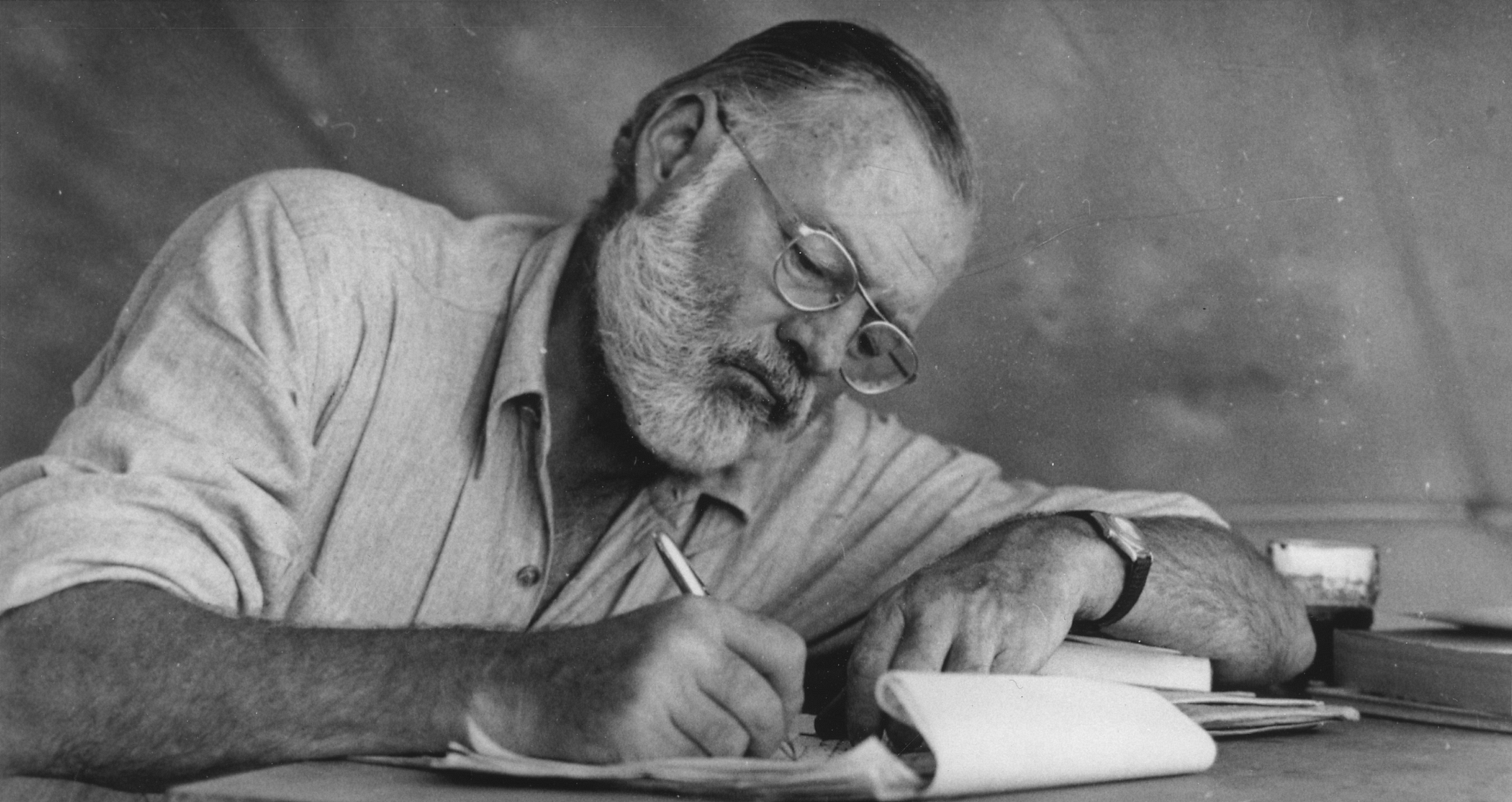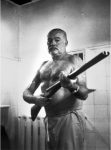Ernest Hemingway (1899–1961)
Author
Who Was Ernest Hemingway?
Born on July 21, 1899, in Cicero (now in Oak Park), Illinois. Ernest Hemingway served in World War. I and worked in journalism before publishing his story collection In Our Time. He was renowned for novels like The Sun Also Rises. A Farewell to Arms. For Whom the Bell Tolls. The Old Man and the Sea, which won the 1953 Pulitzer. In 1954, Hemingway won the Nobel Prize. He committed suicide on July 2, 1961, in Ketchum, Idaho.

Early Life and Career
Ernest Miller Hemingway was born on July 21, 1899, in Cicero (now in Oak Park), Illinois. Clarence and Grace Hemingway raised their son in this conservative suburb of Chicago. But the family also spent a great deal of time in northern Michigan. Where they had a cabin. It was there that the future sportsman learned to hunt. Fish and appreciate the outdoors.
In high school, Hemingway worked on his school newspaper. Trapeze and Tabula, writing primarily about sports. Immediately after graduation. The budding journalist went to work for the Kansas City Star. Gaining experience that would later influence his distinctively stripped-down prose style.
He once said, “On the Star you were forced to learn to write a simple declarative sentence. This is useful to anyone. Newspaper work will not harm a young writer and could help him if he gets out of it in time.”

Military Experience
In 1918, Hemingway went overseas to serve in World War. I as an ambulance driver in the Italian Army. For his service, he was awarded the Italian Silver Medal of Bravery. But soon sustained injuries that landed him in a hospital in Milan.
There he met a nurse named Agnes von Kurowsky. Who soon accepted his proposal of marriage. Later left him for another man. This devastated the young writer but provided fodder for his works. “A Very Short Story” and, more famously, A Farewell to Arms.
Still nursing his injury and recovering from the brutalities of war at the young age of 20. He returned to the United States. And spent time in northern Michigan before taking a job at the Toronto Star.
It was in Chicago that Hemingway met Hadley Richardson. The woman who would become his first wife. The couple married and quickly moved to Paris. Where Hemingway worked as a foreign correspondent for the Star.

Life in Europe
In Paris, Hemingway soon became a key part of what Gertrude Stein would famously call “The Lost Generation.” With Stein as his mentor. Hemingway made the acquaintance of many of the great writers and artists of his generation, such as F. Scott Fitzgerald. Ezra Pound, Pablo Picasso and James Joyce. In 1923. Hemingway and Hadley had a son. John Hadley Nicanor Hemingway. By this time the writer had also begun frequenting the famous Festival of San Fermin in Pamplona, Spain.
In 1925, the couple, joining a group of British and American expatriates. Took a trip to the festival that would later provided the basis of Hemingway’s first novel. The Sun Also Rises. The novel is widely considered Hemingway’s greatest work. Artfully examining the postwar disillusionment of his generation.
Soon after the publication of The Sun Also Rises. Hemingway and Hadley divorced. Also, due in part to his affair with a woman named Pauline Pfeiffer. Who would become Hemingway’s second wife shortly after his divorce from Hadley was finalized. The author continued to work on his book of short stories, Men Without Women.

Critical Acclaim
Soon, Pauline became pregnant and the couple decided to move back to America. After the birth of their son Patrick Hemingway in 1928. They settled in Key West, Florida, but summered in Wyoming. During this time, Hemingway finished his celebrated World War I novel. A Farewell to Arms, securing his lasting place in the literary canon.
When he wasn’t writing. Hemingway spent much of the 1930s chasing adventure. big-game hunting in Africa, bullfighting in Spain. Deep-sea fishing in Florida. While reporting on the Spanish Civil War in 1937, Hemingway met a fellow war correspondent named Martha Gellhorn (soon to become wife number three) and gathered material for his next novel, For Whom the Bell Tolls, which would eventually be nominated for the Pulitzer Prize.
Almost predictably, his marriage to Pauline Pfeiffer deteriorated and the couple divorced. Gellhorn and Hemingway married soon after and purchased a farm near Havana, Cuba, which would serve as their winter residence.
When the United States entered World War II in 1941. Hemingway served as a correspondent and was present at several of the war’s key moments. Including the D-Day landing. Toward the end of the war, Hemingway met another war correspondent. Mary Welsh, whom he would later marry after divorcing Martha Gellhorn.
Personal Struggles and Suicide
The author continued his forays into Africa and sustained several injuries during his adventures, even surviving multiple plane crashes.
In 1954. He won the Nobel Prize in Literature. Even at this peak of his literary career, though, the burly Hemingway’s body and mind were beginning to betray him. Recovering from various old injuries in Cuba, Hemingway suffered from depression and was treated for numerous conditions such as high blood pressure and liver disease.
He wrote A Moveable Feast, a memoir of his years in Paris, and retired permanently to Idaho. There he continued to battle with deteriorating mental and physical health.
Early on the morning of July 2, 1961, Ernest Hemingway committed suicide in his Ketchum home.

Legacy
Hemingway left behind an impressive body of work and an iconic style that still influences writers today. His personality and constant pursuit of adventure loomed almost as large as his creative talent.
When asked by George Plimpton about the function of his art. Hemingway proved once again to be a master of the “one true sentence”: “From things that have happened and from things as they exist and from all things that you know and all those you cannot know, you make something through your invention that is not a representation but a whole new thing truer than anything true and alive, and you make it alive, and if you make it well enough, you give it immortality.”
In August 2018, a 62-year-old short story by Hemingway. “A Room on the Garden Side,” was published for the first time in The Strand Magazine. Set in Paris shortly after the liberation of the city from Nazi forces in 1944. The story was one of five composed by the writer in 1956 about his World War II experiences. It became the second story from the series to earn posthumous publication, following “Black Ass at the Crossroads.”
